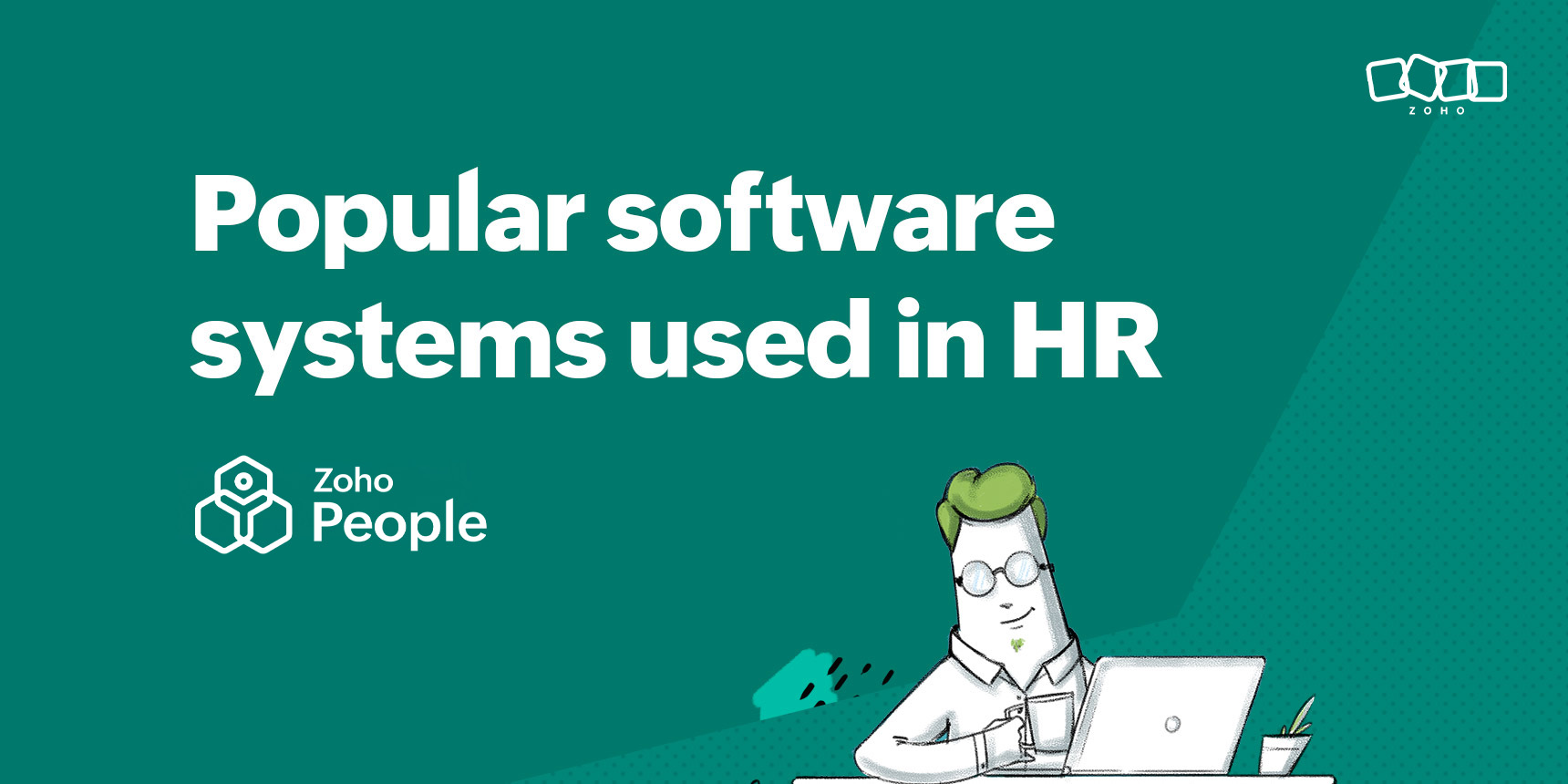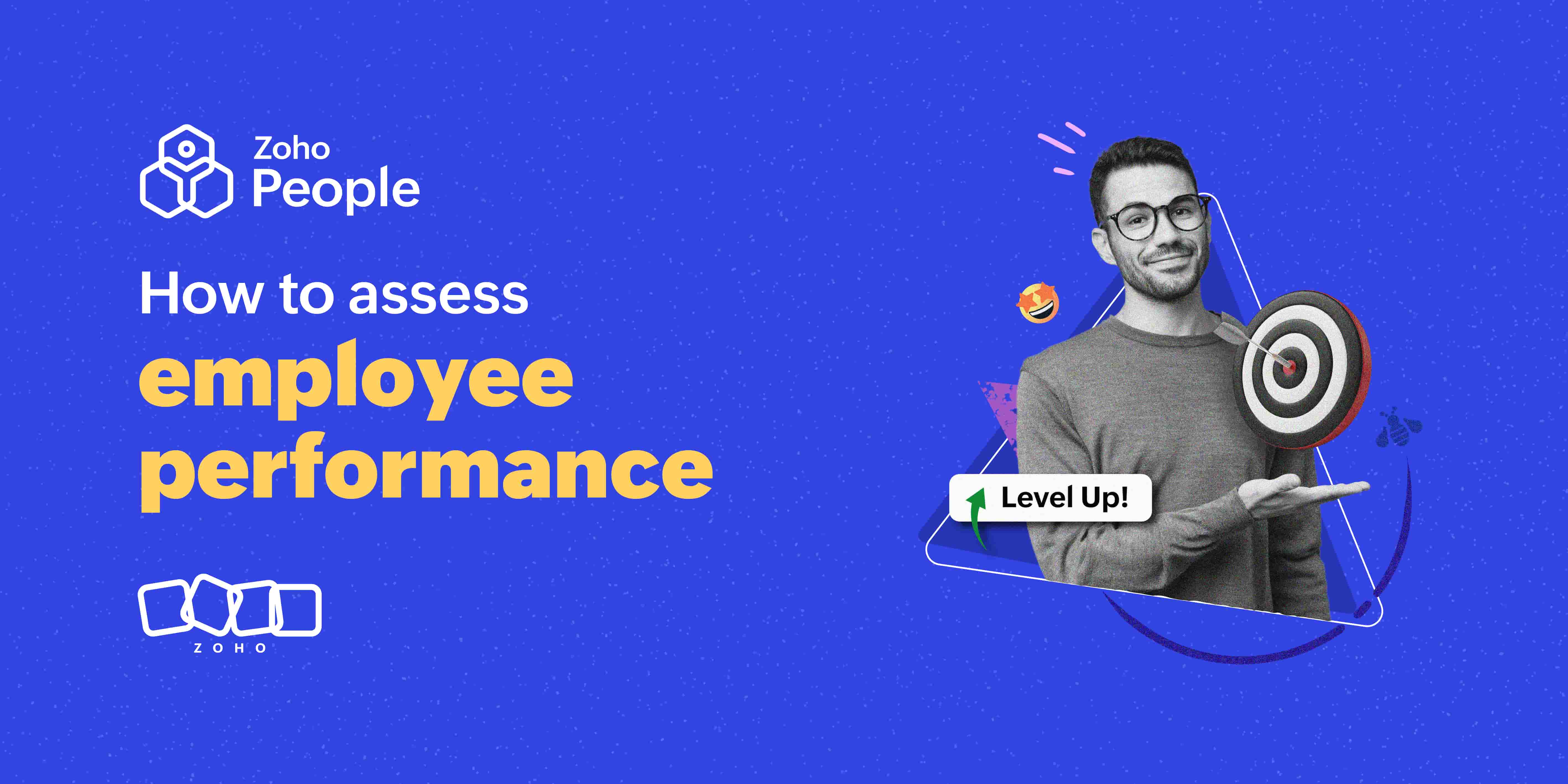- HOME
- HR insights
- What software do HR professionals use?
What software do HR professionals use?
- Last Updated : May 7, 2025
- 1.1K Views
- 4 Min Read

The role of HR professionals is evolving gradually as more organizations begin to understand the importance of improving employee experience. In earlier days, HR teams focused largely on recruitment, compliance, employee benefits, and other administrative operations. Now they are involved in some of the most vital functions of an organization, including employee engagement, professional development, change management, workforce planning, performance management, succession planning, and more. In order to better handle these operations and provide a great working experience to employees, many HR professionals are using cloud-based software. Here are some of the popular HR software systems used by HR professionals today:
Talent acquisition software
Managing recruitment manually has become a thing of the past. Without a proper system, hiring and engaging the right candidates is very challenging and time-consuming. HR teams use talent acquisition software to accelerate and simplify the hiring process.
Recruitment software allows HR teams to create attractive careers sites, post about their openings on different job boards, manage employee referrals, automate resume parsing, conduct assessments and interviews, run background checks, send offer letters, and more. Many systems also come with an analytics feature that provides data to fuel better hiring decisions.
Learning management systems
In most organizations, HR departments are responsible for managing employee learning and development programs. With remote work growing steadily, conducting classroom training is just not as efficient as it once was. So many HR teams use learning management software to facilitate e-learning.
With a good learning management system, HR teams can:
- Identify skill gaps in their organization
Create e-learning courses to overcome those skill gaps
Add learning materials online as videos, documents, URLs, presentations, and podcasts
Manage course approvals
Organize virtual classes for complex topics
Define learning plans
Upload assignments
Conduct online tests
Create course completion certificates
This allows HR to provide career development opportunities to employees no matter where they work from. This helps keep your workforce engaged and motivated, whether they're working from home or in an office.
Payroll software
For organizations without a dedicated payroll department, payroll processing is often shared between finance and HR. In order to coordinate well and ensure payroll is calculated error-free, HR teams can use payroll software. This allows HR professionals to update the employee information required for accurate and timely pay, such as their working hours, Loss of Pay information, and leave records. By consolidating this data in one place, both the finance team and HR team can be on the same page and process payroll without hassle.
Performance management software
The growth and success of any organization depends on how well employee performance is managed. Employees get a better sense of direction if they are given continuous feedback and reviews. With performance management software, HR teams can ensure that employees get the most out of their performance reviews. It provides the HR team with a place to ask for self-appraisals, feedback from peers, and manager insights. It also allows them to manage raises and set goals for the upcoming period. Because everything is accessible from the software application, employees, managers, and HR can collaborate a lot better. Employees can also give feedback back to their managers, which creates a feedback loop that pushes the entire workforce to be their best.
Attendance and leave management software
Managing employee attendance and time off manually can be impossible as your workforce expands. Making even small errors can lead to compliance issues. Nowadays, something also to consider is managing remote vs. onsite attendance, which can be challenging if you don't have an automated system. Cloud-based software for attendance and leave management allows employees to mark their work hours and request days off online. With the help of this system, HR teams can define public holidays for different locations, manage attendance regularization (ff required), convert absences to leave, approve or reject leave requests, and access clear reports that highlight attendance trends in their organization.
People analytics
In order to improve workforce management, many HR teams have started using people analytics software that provides valuable insights to make better workforce-related decisions. People analytics software generates reports on employee turnover, motivation, engagement, satisfaction, performance, and more. With employee data that you're likely already tracking, such as performance review scores or employee absences, analytics software will create reports and graphs that can give you a better overview on your organization's strengths and weakness in HR. In most cases, HR teams integrate people analytics software with their other HR systems to improve the accuracy and efficiency of the results.
Shift scheduling system
These days, managing shifts with spreadsheets is not advisable as it may cause shift conflicts, which lead to productivity loss and lower employee satisfaction. Cloud-based shift scheduling software makes the process simpler and more effective. It allows HR managers to create several shift schedules, define shift times, configure time boundaries, fix shift allowances, assign schedules to different employees, automate shift rotations, and instantly notify employees whenever there's a change in their shift schedule.
HR software for every need
The business world is changing rapidly. We've already seen a huge spike in remote work since the COVID-19 pandemic began, and technology has been advancing to give HR professionals more tools to automate routine tasks and empower employees. However, using individual systems that don't communicate with each other can be just as frustrating and doing things manually. This is where HR software truly shines. It combines all of the software systems we mentioned and allows HR professionals to complete everything from hiring to offboarding with a single, centralized platform. By selecting HR software that is consistent with your organization's needs, you will be able to improve the working experience for your employees and drive more success for your organization in this digital age. Check out our blog on how to select the right HR software for your organization.
 Tarika
TarikaContent Specialist at Zoho People


